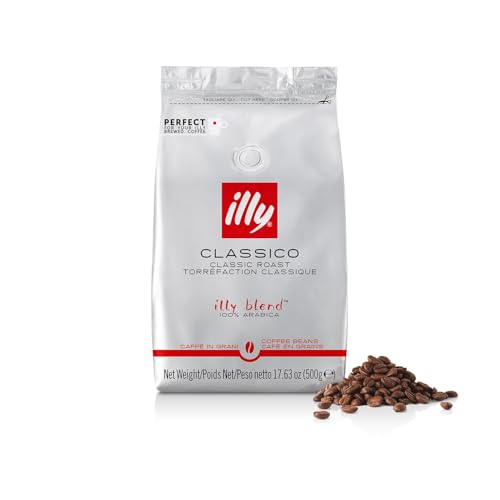When you sip your morning brew, you’re tasting more than just roasted beans you’re tasting a region. A coffee’s origin plays a crucial role in shaping its flavor profile, and understanding these influences can help you choose beans that match your taste preferences.
Let’s explore the three main factors: terroir, altitude, and climate.
What Is Terroir in Coffee?
A term borrowed from the wine world, terroir refers to the unique combination of soil, topography, and local environmental conditions that influence how coffee plants grow.
Key Elements:
- Soil composition: Impacts nutrient absorption and bean development.
- Rainfall and sunlight: Affect the ripening process.
- Temperature fluctuations: Help develop complex sugars and acids in the bean.
Each growing region has its own terroir, resulting in distinctive cup characteristics.
The Role of Altitude
Altitude affects how coffee matures. Generally, higher altitudes produce denser beans with more nuanced flavors.
- High altitude (1,500m+): Brighter acidity, floral and fruity notes.
- Mid altitude (1,000–1,500m): Balanced body and sweetness.
- Low altitude (<1,000m): Softer flavors, lower acidity.
This is why Ethiopian and Colombian coffees often grown at higher elevations—are known for their vibrant and complex profiles.
Climate and Coffee Character
Climate shapes the pace of bean development. A stable, cool climate extends the maturation period, allowing beans to develop deeper complexity.
For example:
- Kenya: Volcanic soil + high elevation + cool nights = juicy, citrusy cups.
- Brazil: Lower altitudes + warmer weather = nutty, chocolatey profiles.
Climate also affects the risk of disease and pests, which can influence the health of the crop and final quality.
Read more: Are Coffee Tasting Notes Real or Just Marketing?
Understanding Regional Flavor Profiles
Here’s a quick guide:
| Region | Common Flavors |
|---|---|
| Ethiopia | Floral, citrus, tea-like |
| Colombia | Sweet, balanced, fruity |
| Brazil | Chocolate, nuts, low acidity |
| Kenya | Berry, wine-like acidity |
| Indonesia | Earthy, spicy, full-bodied |
What We Recommend
If you’re after vibrant, high-acid coffees with delicate floral or fruity notes, look for beans from East Africa or Central America grown at higher altitudes.
Prefer a smoother, richer cup? Go for Brazilian or Indonesian beans with naturally lower acidity and deeper body.
Learning where your coffee comes from and how that place shapes its flavor is a powerful step in becoming a more informed and satisfied home barista.











